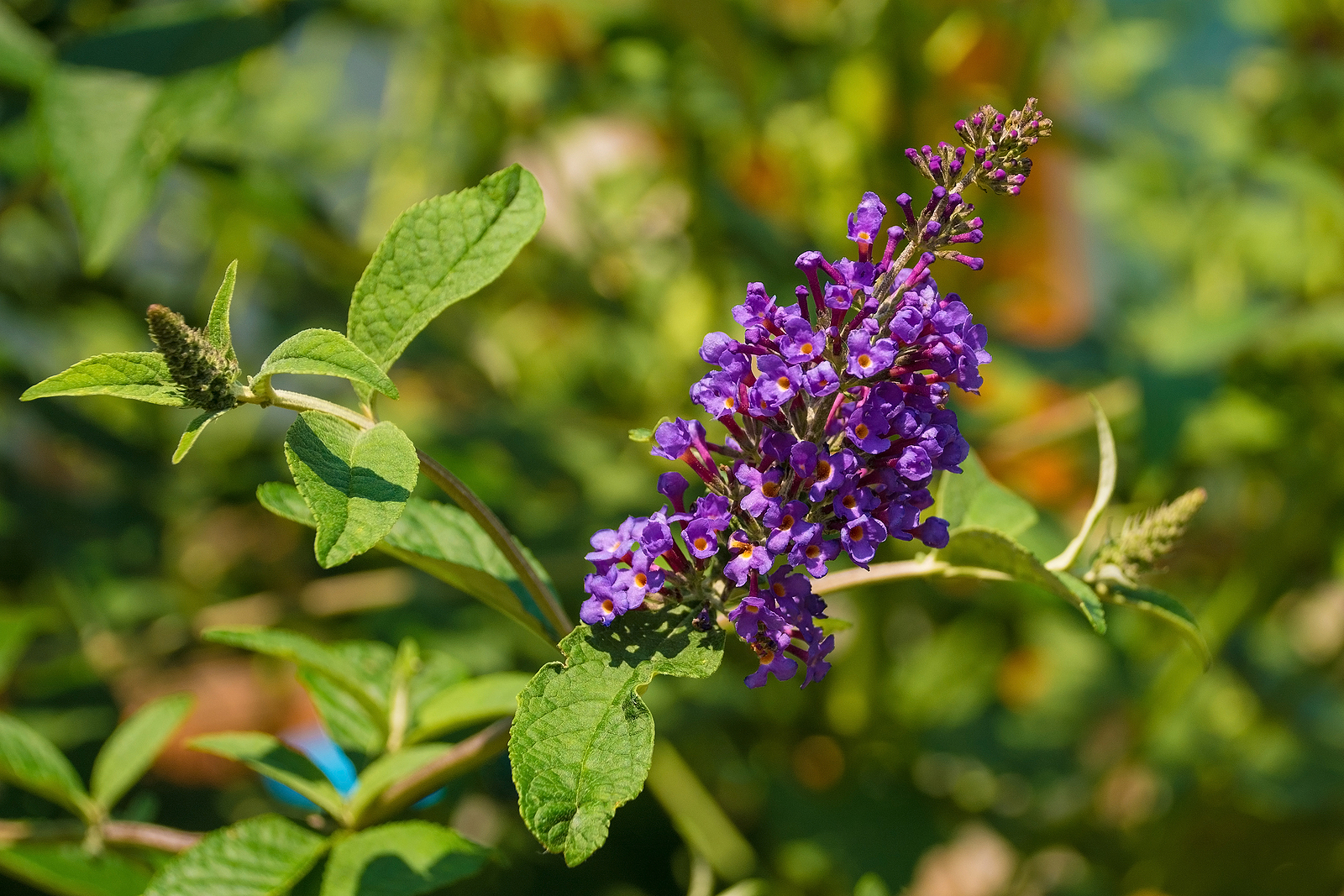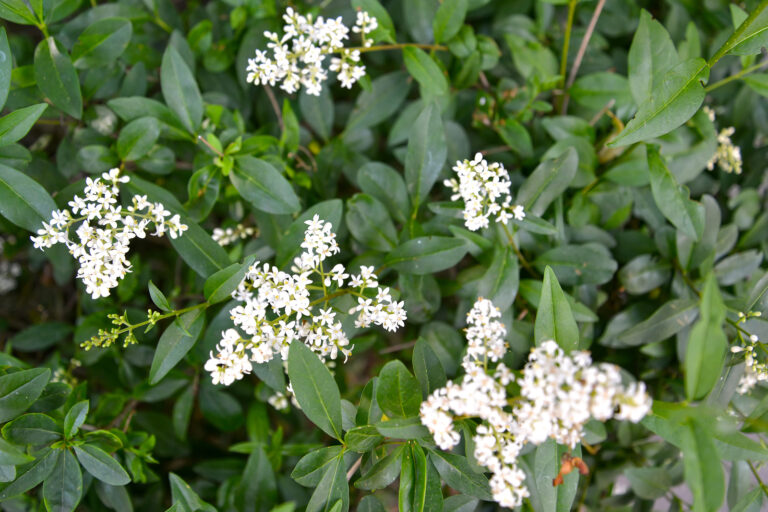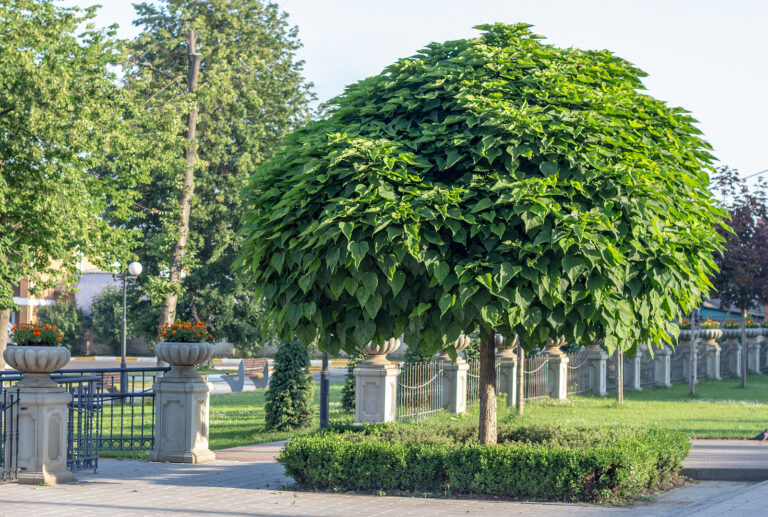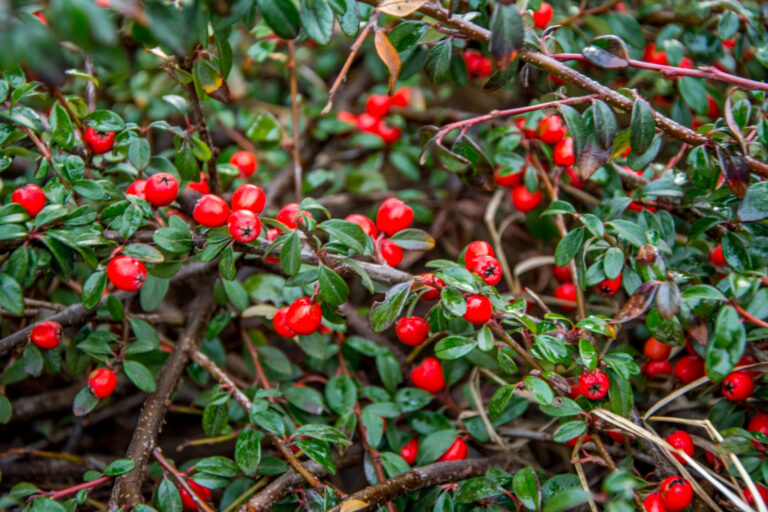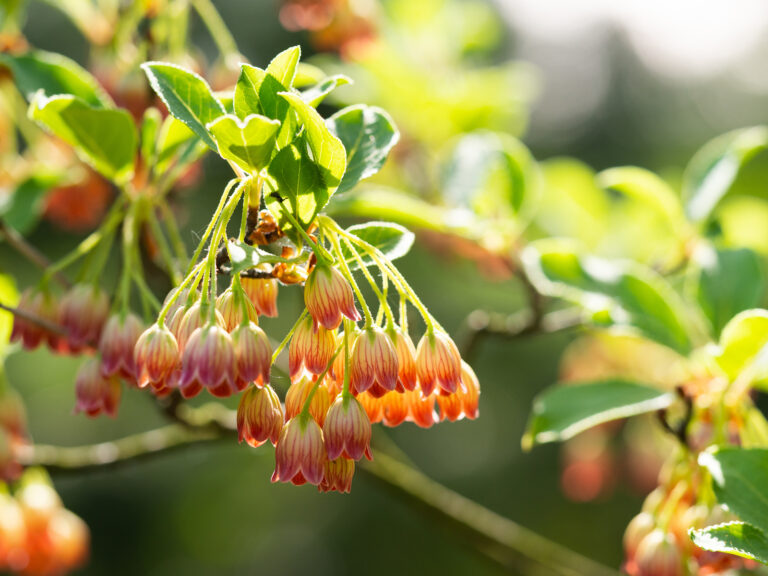How to Grow Chaste Tree – Vitex
Vitex is a genus of about 250 mainly subtropical to temperate plants; the best known species are called chaste tree. Vitex are mostly evergreen plants, but some are deciduous when planted in cooler temperate regions. Vitex – chast tree is commonly grown for its sprays of tubular flowers usually lilac, but also blue, pink, or white.
Chaste tree – Vitex – can be grown as a small tree or shrub. Plants are trained to be small trees by the pruning of lower branches early in the plant’s life. Chaste trees are often grown as specimens but can also be featured in borders or hedges. Vitex grows best in full sun in a sheltered spot.

Get to know Chaste Tree – Vitex
- Plant type: Deciduous small tree or large shrub; Vitex is a genus of about 250 primarily tropical evergreen and deciduous trees and shrub
- Growing zones and range:
- Hardiness: Zones 6 – 10; most varieties are marginally frost hardy.
- Height and width: 6 to 25 feet tall and wide
- Leaves: Leaves are commonly compound with 3 to 7 leaflets radiating from the stalk
- Flowers: Clusters of tubular flowers usually lilac, but also blue, pink, or white.
- Bloom time: Summer
- Uses: Accent as single specimen or in groups; grow as a shrub border or flowering hedge; attracts butterflies.
- Common name: Chaste tree
- Botanical name: Vitex
- Family name: Lamiaceae
Where to plant Chaste Tree – Vitex
- Plant Vitex in full sun or light, dappled shade.
- The ideal spot to grow Vitex is sheltered and sunny.
- Vitex will grow in most soil as long as they are well drained.
When to plant Chaste Tree – Vitex
- Plant container-grown Vitex in spring for best growth the first season.
Planting and spacing Chaste Tree – Vitex
- Space Vitex 6 to 25 feet apart depending upon the variety. See variety sizes below.
How to water and feed Chaste Tree – Vitex
- Water Vitex regularly after planting. Once established, water only during prolonged drought.
- Fertilize
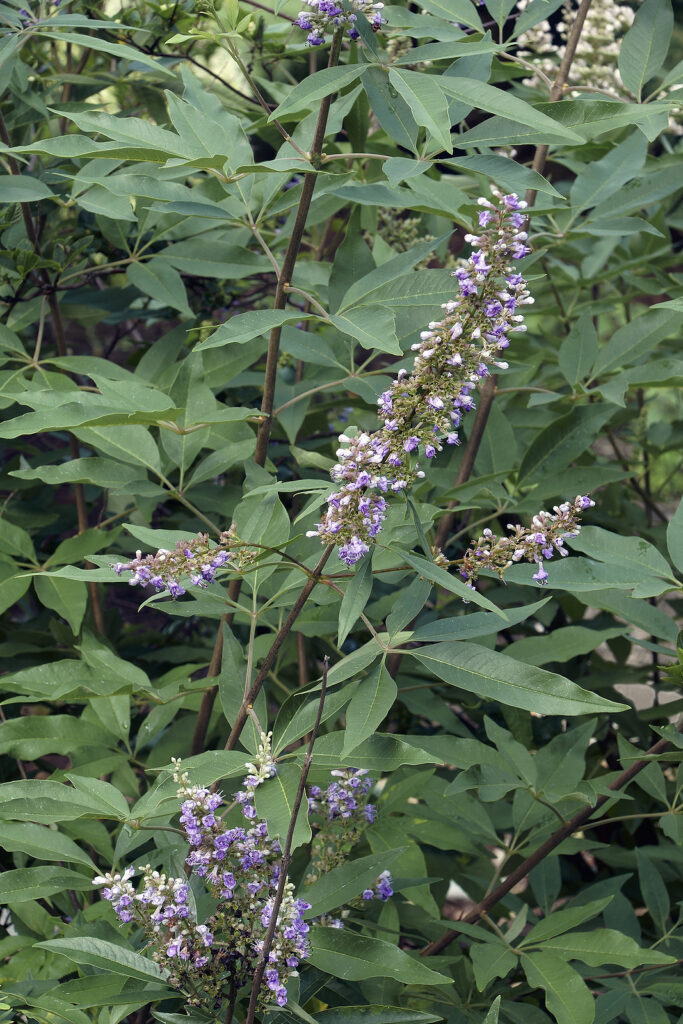
Chaste Tree – Vitex care
- Vitex is low maintenance and easily adapts to most situations.
- To train Vitex as a small tree, remove lower limbs as the plant grows.
- Vitex can be pruned hard to within a few inches of the ground to reshape or rejuvenate the plant.
Chaste Tree – Vitex pests and diseases
- Vitex is typically not bothered by pests or diseases.
Chaste Tree – Vitex propagation
- Propagate Vitex from seeds in autumn or from softwood cuttings in spring or summer; the plant may self-sow.
Chaste Tree – Vitex varieties to grow
- Vitex agnus-castus, commonly called Chaste Tree; Mediterranean to central Asia native (Zones 6 to 10); fast growing to 25 feet tall and wide, typically with multiple trunks; in cool regions growth is slow to 8 to 10 feet tall and wide; grows as a shrubby perennial where the ground freezes. Aromatic leaves are fan-like, leaflets 2 to 6 inches long; blooms from summer to fall – small fragrant flowers are lavender-blue hel on 6- to 12-inch spikes at branch ends and joints; attracts butterflies and hummingbirds. Varities inclue ‘Alba’ and ‘Silver Spire’ with white flowers; ‘Rosea’ has pink flowers; ‘Shoal Creek’ has violet-blue flowers. This plant was once commonly called Monk’s Pepper being used as an herbal remedy by monks.
- V. lucens, commonly called New Zealand chaste tree; an evergreen New Zealand native (Zones 9-11) grows 30 to 60 feet tall wiht a rounded crown and a smooth pale trunk; sprays of bright red or pink flowers appear in winter; bright red drupes mature in spring; the plant is moderately frost hardy.
- V. negundo, commonly called Chaste Tree; native to East Asia (Zones 6 to 10); openly branched shrub grow 10 to 15 feet tall and wide; grayish green compound, palmate leavs have three to seven leaflets often serrated; blue to lavender flowers bloom in spires from mid- to late-summer.
- V. rotundifolia, commibkt called beach Vitex or Pohinahina, is an evergreen shrub native to coastal areas of Hawaii and Australia; sprawling plant from 18 inches to 4 feet tall and 6 to 8 feet wide; grow as a dense groundcover; medium-green aromatic roundisy leaves; short spikes of bluish purple flowers (popular in leis) bloom in summer.
- V. trifolia is an Austrailian native (Zones 10-12) evergreen, rounded shrub or bushy small tree that grows to 10 feet high; flowers are blue to purple in sprays that appear in autumn.

